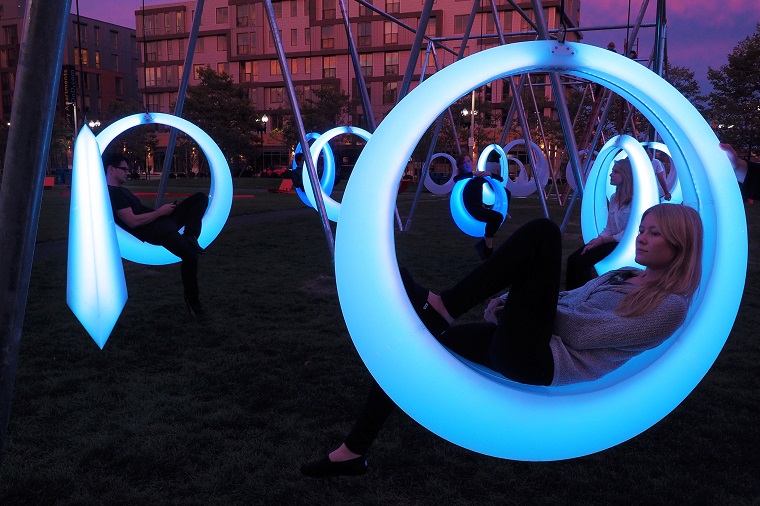
Rotational molding materials are used to create strong, hollow plastic parts. Rotational molding supports features such as undercuts, multiple walls, and molded-in hardware. Known also as roto molding and roto casting, this plastics manufacturing method is a favorite of product designers and engineers who like its low tooling costs and quick tooling modifications. Plus, many rotomolded shapes are impossible to produce by other methods.
Designers and engineers also like how roto molding services are flexible enough for projects ranging from small, intricate components to large, complex assemblies. Part design is important, of course, but so is material selection. Different types of rotomolding materials are available, but there several in particular that designers and engineers should know about.
LLDPE Rotational Molding
Linear low-density polyethylene (LLDPE) is durable, provides high tensile strength, and offer good impact and puncture resistance. Applications include plastic tanks, buckets, bins, toys, containers, and outdoor recreational products and equipment. LLDPE rotational molding supports flexible designs, custom colors, and color matching.
HDPE Rotational Molding
High density polyethylene (HDPE) is strong, lightweight, and relatively inexpensive. With its high tensile strength, this rotomolding material can support complex designs and large products. HDPE rotational molding can also support products, such as those used in the food processing industries, which must meet FDA or USDA guidelines. (HDPE is also used in custom plastic shims.)
PP Rotational Molding
Polypropylene (PP) is a durable plastic with a high melting point that can also withstand cold-temperature applications. PP is resistant to stress, even when flexed. Moreover, this versatile plastic material won’t react with water, detergents, acids, or bases. Compared to LLDPE, polypropylene is slightly more prone to cracking.
Rotational Molding with Static-Dissipative PE
Static-dissipative polyethylene (PE) is recommended for some electrical and electronic applications because it won’t generate a potentially hazardous electrical charge. Often, static-dissipative PE is used with highly-sensitive electronics and can comply with industry standards. Unlike anti-static materials, static-dissipative materials both reduce the risk of a charge and protect against existing charges.
Ask Gregstrom about Rotational Molding Materials
Gregstrom Corporation is a Made in the USA rotational molder with over 70 years of experience. In addition to rotational molding and plastic thermoforming, our family-owned company provides value-added services such as design assistance, tooling, assembly and testing, quality assurance, finishing, and CNC and robotic routing. To request a quote or learn more about us, contact Gregstrom today.



